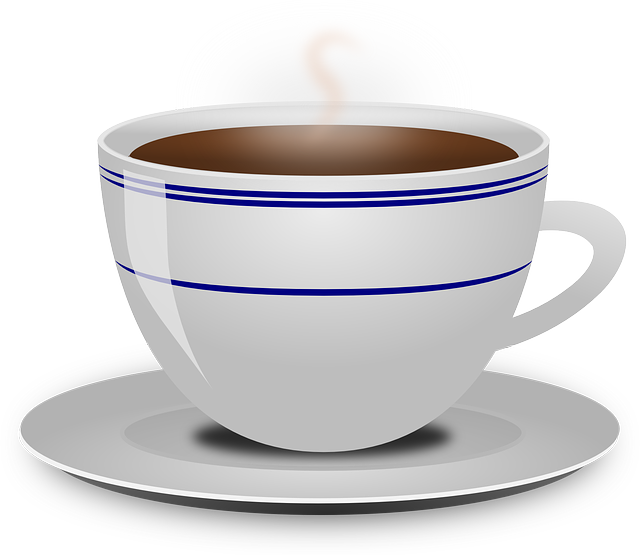Respiratory muscle tension, caused by stress, poor posture, or medical conditions, impairs breathability and lung function, leading to issues like shortness of breath and coughing. Hot therapy, through increased blood flow, reduced inflammation, and enhanced lung capacity, effectively relaxes these muscles. Incorporating hot therapy into wellness routines can improve breathing, reduce stress, and benefit overall respiratory health. However, exercise caution when using heat applications, especially with pre-existing respiratory conditions, consulting a healthcare professional for safety and suitability.
“Unwind and breathe easily with the power of heat applications, a game-changer in respiratory care. This comprehensive guide explores the science behind relaxing respiratory muscles through heat therapy, delving into its profound impact on overall lung health. From understanding muscle tension to discovering effective hot treatments, we navigate the benefits for folks facing respiratory challenges. Learn about precautions and why incorporating hot therapy for respiratory health can be a transformative step towards easier breathing.”
Understanding Respiratory Muscle Tension and Its Impact
Respiratory muscle tension is a common yet often overlooked issue that can significantly impact overall breathability and lung function. Our respiratory muscles, responsible for inflating and deflating our lungs during each breath, can become tight and tense due to various factors such as stress, anxiety, poor posture, or certain medical conditions. This tension restricts the flow of air, making it harder to breathe deeply and comfortably. Over time, chronic muscle tension can lead to respiratory issues like shortness of breath, coughing, and even chronic obstructive pulmonary disease (COPD).
Heat applications, particularly through hot therapy for respiratory health, have been shown to be effective in relaxing these tight muscles. The warmth helps increase blood flow to the respiratory muscles, promoting relaxation and reducing inflammation. This simple yet powerful technique can significantly alleviate respiratory muscle tension, making it easier to breathe and enhancing overall lung capacity. By incorporating hot therapy into a regular wellness routine, individuals can experience improved breathing, reduced stress, and better overall respiratory health.
The Science Behind Heat Therapy for Relaxation
Heat therapy has long been recognized as an effective relaxation tool, and its benefits extend far beyond mere comfort. When applied to specific areas, heat can stimulate blood flow and promote muscle relaxation, including the respiratory muscles. This effect is supported by scientific research highlighting the positive impact of hot therapy on respiratory health.
The mechanism behind this involves the heat’s ability to increase tissue temperature, leading to vasodilation (widening of blood vessels). This process enhances oxygen delivery to muscles and facilitates the release of tension. By relaxing the respiratory muscles, heat therapy can improve lung function, make breathing easier, and even reduce symptoms associated with conditions like asthma or chronic obstructive pulmonary disease (COPD).
Effective Hot Applications for Respiratory Relief
Hot therapy has long been recognized as a valuable tool for promoting relaxation and easing muscle tension, including those associated with the respiratory system. When applied correctly, heat can significantly alleviate symptoms related to respiratory conditions like bronchitis, asthma, and chronic obstructive pulmonary disease (COPD). Steam inhalation is a common and effective hot application used to clear congestion and relax respiratory muscles. The warm steam opens up nasal passages and airways, reducing inflammation and allowing for easier breathing.
Another popular method is using heat packs or warmed blankets over the chest and back. This direct application of heat helps to soothe and unwind tight respiratory muscles, providing much-needed relief from coughing fits and difficulty breathing. Hot compresses or baths can also be beneficial, as the warmth promotes blood circulation in the area, enhancing relaxation and potentially reducing inflammation. Incorporating hot therapy for respiratory health is a simple yet powerful way to complement traditional treatments and promote overall well-being.
Precautions and Benefits of Incorporating Heat for Respirology
When incorporating heat applications for relaxing respiratory muscles, it’s crucial to exercise caution. Heat can be beneficial, but overuse or improper use may cause harm. Always start with mild heat and gradually increase intensity. Avoid applying direct heat over breathing areas and consult a healthcare professional if you have any pre-existing respiratory conditions or are unsure about the suitability of hot therapy for your specific case.
The benefits of hot therapy for respiratory health are well documented. Heat helps to relax tight muscles, ease congestion, and improve circulation in the affected area. It can also reduce inflammation and promote healing. By increasing blood flow, heat supports the body’s natural repair mechanisms, potentially speeding up recovery times and enhancing overall respiratory function. This makes hot therapy a valuable adjunctive approach for managing various respiratory conditions, including muscle spasms, chronic obstructive pulmonary disease (COPD), and asthma.
Relaxing respiratory muscles with heat applications offers a promising approach to improving respiratory health, as supported by the science behind hot therapy. By effectively utilizing various hot treatments, individuals can find significant relief from respiratory muscle tension. Incorporating these techniques into self-care routines holds immense potential for enhancing overall respiratory well-being, while adhering to necessary precautions ensures safe and beneficial outcomes. Hot therapy for respiratory health is a valuable tool worth exploring for those seeking natural remedies to support their breathing.
